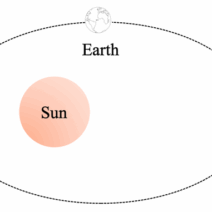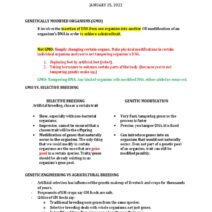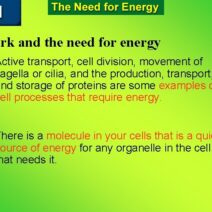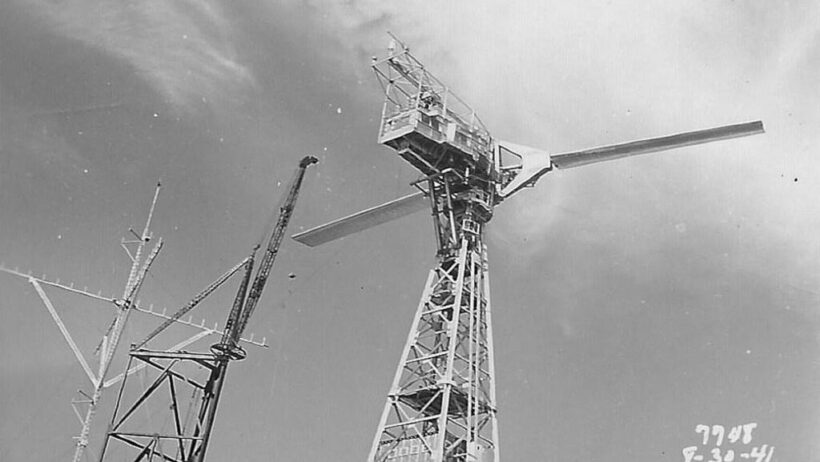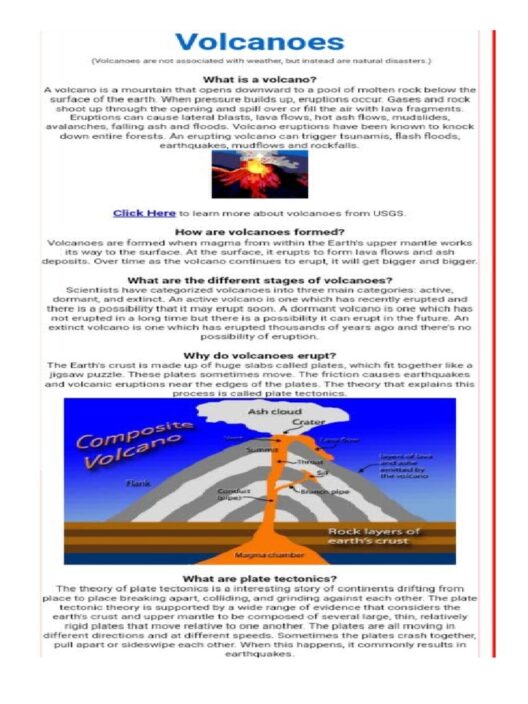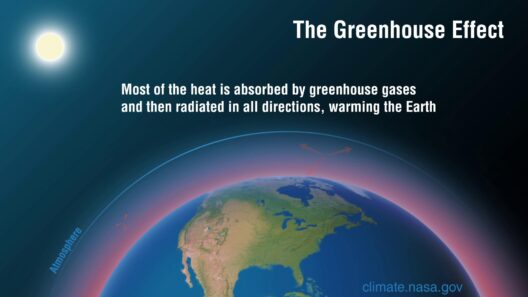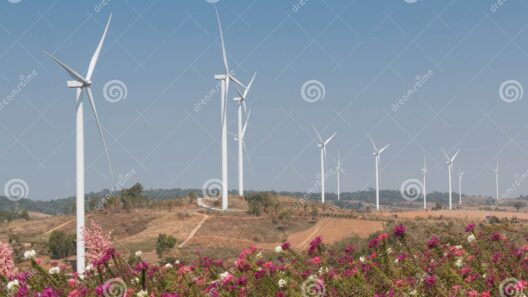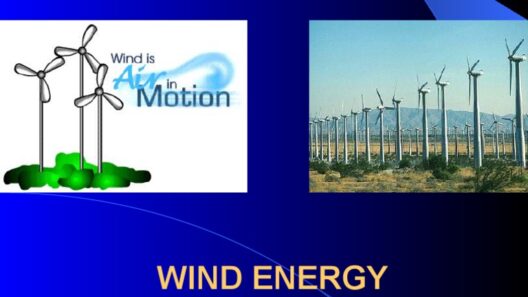Wind energy, a potent alternative to fossil fuels, has woven its narrative through the fabric of human civilization. It is a story of ingenuity, adaptation, and growing awareness of environmental sustainability. The journey to harness this kinetic energy transformed it from a mere curiosity to a pivotal resource in today’s energy landscape. Understanding who created wind energy leads us through a historical tapestry interlaced with innovation, necessity, and vision.
The concept of utilizing wind as a force for energy can be traced back thousands of years. The earliest known instances began in ancient Persia, where simple windmills were employed to grind grains and pump water. These innovations were revolutionary by the standards of their time. The Persian windmills, known as “badgirs,” featured recognizable sails designed to capture the wind, demonstrating the ingeniousness of early civilizations in harnessing natural forces.
Advancements continued throughout the Middle Ages with the proliferation of windmills across Europe. By the 12th century, European countries were constructing vertical-axis windmills that powered grain mills, textiles, and even sawmills. As this technology spread, it evolved significantly, adapting to regional needs. The Dutch, for instance, became particularly adept at windmill construction, employing these structures to drain water from low-lying areas, reclaiming land from the sea and showcasing an early understanding of sustainable practices.
The Renaissance era marked another pivotal shift in wind energy harnessing. As scientific inquiry flourished, engineers and inventors began experimenting with different designs. This period saw the elevation of wind turbine technology, transitioning from the rudimentary designs of yore to more sophisticated constructs. Wind-driven innovations, like the post mill and the smock mill, emerged, showcasing improved efficiency and functionality.
Despite these advancements, the Industrial Revolution heralded a significant decline in wind energy’s prominence. The burgeoning reliance on coal and steam power eclipsed earlier wind technologies, relegating windmills to the annals of history as industrial advancements took center stage. Yet, the shift toward fossil fuels did not extinguish the flame of wind energy; rather, it laid the groundwork for future exploration and innovation.
The 20th century experienced a renaissance in the allure of wind energy, spurred by the need for alternative energy sources during crises like the oil embargoes in the 1970s. This awakening revitalized interest in renewable energy, prompting both governments and private enterprises to explore wind power as a viable solution to energy independence and environmental pollution. This era birthed the first modern wind turbines, characterized by their three-blade designs and horizontal-axis construction. They became the cornerstone of contemporary wind energy technology.
Innovation in the wind energy sector accelerated throughout the late 20th and early 21st centuries. Engineers and researchers began experimenting with various shapes, sizes, and mechanisms. The development of more efficient turbine designs, alongside advancements in material science, resulted in turbines that could harness wind more effectively, even in lower wind speeds. This opened up vast areas for potential wind farm development, thereby transforming landscapes into havens for renewable energy.
As the global awareness of climate change rose, so too did the impetus for transitioning towards sustainable energy sources. Policymakers began to enact incentives and subsidies to encourage investments in renewable technologies, including wind energy. The culmination of these efforts has led to exponential growth in the installation of wind farms worldwide. Once a niche player, wind energy has firmly positioned itself as a major component of the global energy mix, able to compete directly with traditional energy sources on both price and efficiency.
However, as the industry continues to evolve, it grapples with challenges. The intermittency of wind forces a reframing of energy consumption and storage strategies. New technologies, such as energy storage systems and grid optimization, are becoming crucial. By integrating advanced battery technology and grid management, the viability of wind energy can further solidify, ensuring that energy supply meets demand, regardless of wind conditions.
Today, the promise of wind energy is palpable. The sector is poised not only to mitigate environmental damage but also to foster economic growth. It creates jobs in manufacturing, installation, and maintenance, with entire supply chains developing around this burgeoning industry. Communities that embrace wind energy see not just an influx of jobs, but also a reduction in energy costs and enhanced energy security, all while contributing to a more sustainable future.
In summary, the tale of wind energy is a remarkable odyssey through time, marked by innovation and resilience. From its ancient roots in Persia to modern-day wind farms that grace landscapes across the globe, wind power stands as a testament to human creativity and adaptability. As awareness deepens regarding the implications of climate change, the role of wind energy becomes ever more critical. Through understanding its history, we appreciate the journey and the innovations that have made harnessing wind for power a cornerstone of a sustainable energy future.
